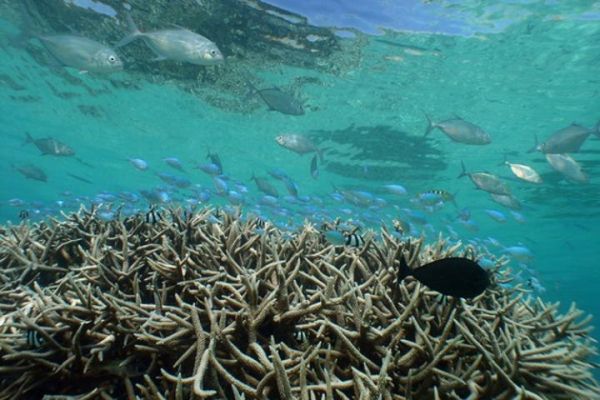Not long ago, the azure waters of the Caribbean contained healthy and pristine coral reef environments dominated by the reef-building corals that provide home to one-third of the biodiversity in the region.
But the Caribbean reefs of today pale in comparison to those that existed even just a generation ago. Since researchers began intensively studying these reefs in the 1970s, about one half of Caribbean corals have died. The iconic elkhorn and staghorn corals that once dominated Caribbean reefs have been hardest hit, with only 20% of their populations remaining today.
Although researchers believe climate change, fishing and pollution are to blame, the lack of baseline data prior to the 1970s has made it hard to determine the precise reasons for these coral die-offs. Arizona State University researcher Katie Cramer wanted to document when corals first began dying to better understand the root causes of coral loss.
Now, in a new paper in Science Advances, Cramer has combined fossil data, historical records and underwater survey data to reconstruct the abundance of staghorn and elkhorn corals over the past 125,000 years. She finds that these corals first began declining in the 1950s and '60s, earlier than previously thought. This timing is decades before climate change impacts, indicating that local human impacts like fishing and land-clearing set the stage for the widespread coral declines that are now accelerating in response to warming oceans.
Read more at Arizona State University
Image: Staghorn coral can form dense groups called 'thickets' in very shallow water, providing important habitat for other reef animals, especially fish. Elkhorn coral, along with staghorn coral and star corals built Caribbean coral reefs over the last 5,000 years. (Credit: NOAA)


